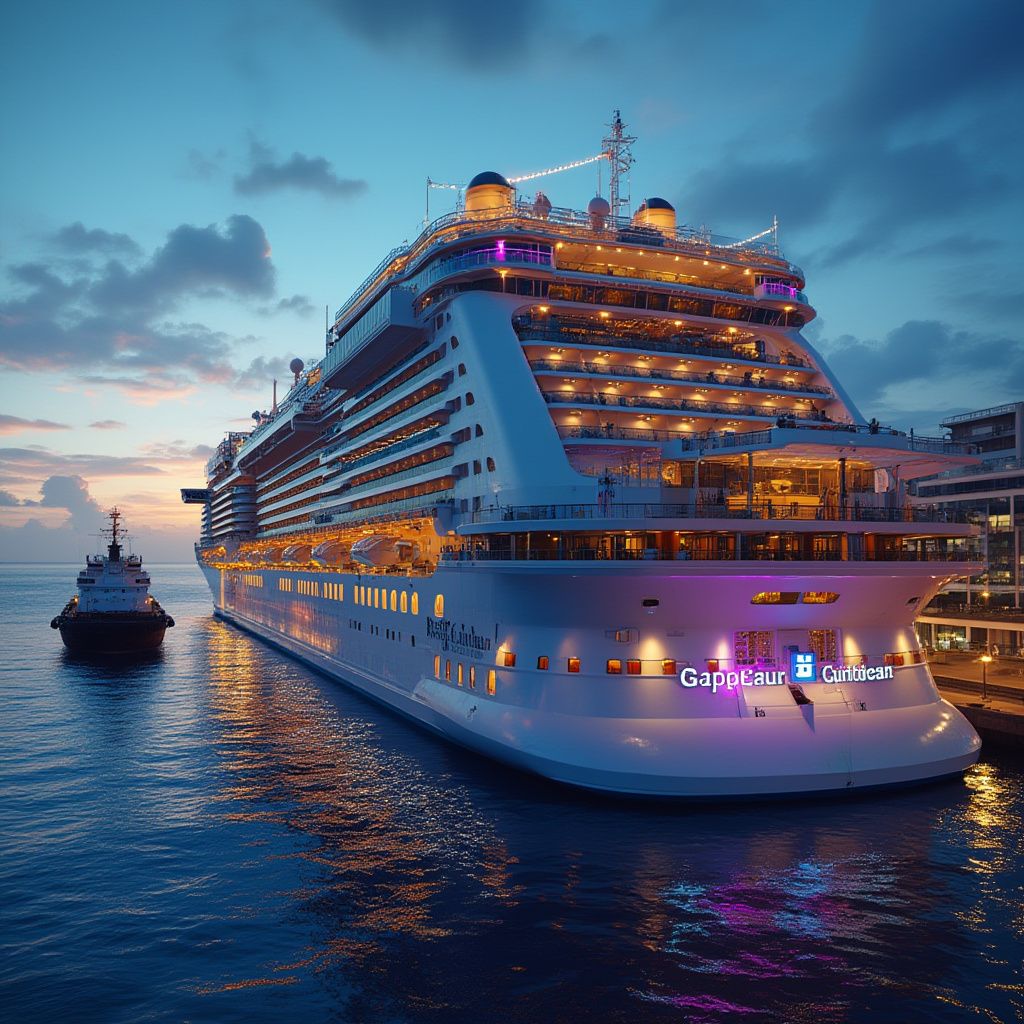Royal Caribbean Raised 2025 Outlook—Onboard Spend Is the Tell
Royal Caribbean raised its 2025 profit outlook as demand and onboard spend outpace fuel and geopolitical headwinds, per Reuters. Here’s what to watch.

Royal Caribbean lifted its full-year profit forecast on July 29, 2025, citing relentless cruise demand and fatter onboard spending, according to Reuters. The move lands despite higher fuel costs and geopolitical uncertainty—an old industry headache with new teeth.
Demand is overpowering the headwinds
Reuters reports Royal Caribbean’s booking curve remains firm and guests are spending more once onboard—two levers big enough to offset pricier bunkers and periodic itinerary noise. That fits the broader post-pandemic arc: cruising has snapped back because it still offers a predictable, good-value vacation at scale. When cabins are full and travelers are buying drinks, Wi‑Fi, excursions, and specialty dining, the math gets attractive fast.
The headline here isn’t just “strong demand,” it’s how durable that demand looks even with macro jitters lingering. Cruise companies can adjust itineraries, redeploy ships, and pace promotions in ways that hotels and airlines envy. That operational flexibility helps explain why guidance can rise while costs also rise.
Pricing power—and the onboard machine
Raising a profit outlook without a giant capacity cut or one-off windfall usually means pricing is holding and per-guest revenue is rising. Reuters points to “pricing and product demand,” which is industry shorthand for two things: fares aren’t cracking, and guests are happily paying to upgrade the experience once they sail.
Onboard spend is the quiet profit engine. Bars and lounges, specialty restaurants, spa days, internet packages, and shore excursions are high-margin categories that scale with sailings, not oil prices. Even modest increases in per-passenger spending can blunt cost volatility elsewhere. If that momentum continues into late 2025, it gives Royal Caribbean room to stay selective on discounts and to protect yields.
For travelers, this typically translates to fewer last-minute fire-sale fares in popular seasons and more targeted perks instead of broad price cuts. For investors, it suggests the company’s revenue mix is tilting toward categories it controls—and can grow—regardless of fuel.
Costs aren’t sinking the story—yet
Higher fuel costs are real and immediate. Marine fuel swings can squeeze margins quickly, and geopolitical uncertainty can force itinerary changes that add days at sea or longer routes. Both factors drive consumption and complexity. Yet Reuters notes management still raised the full-year profit forecast, acknowledging near-term cost pressures but essentially arguing the revenue side is outrunning them.
That said, fuel and geopolitics remain the two variables with the least predictability. A sudden spike in oil or an extended regional disruption can compound quickly, particularly on longer repositioning routes. Cruise lines can hedge fuel and tweak speeds, but those are partial tools. If costs keep grinding higher into winter 2025, pricing strength and onboard spend will need to keep doing the heavy lifting.
Quick stats at a glance
- Guidance: Royal Caribbean raised its full-year profit outlook (Reuters, July 29, 2025).
- Demand drivers: Robust bookings and higher onboard spending.
- Headwinds: Elevated fuel costs and geopolitical uncertainty.
- Management tone: Confident on pricing and product demand while flagging near-term cost pressures.
What it means for cruisers: value holds, deals thin out
The tradeoff is straightforward. Strong demand plus steady pricing equals fuller ships and fewer broad-based discounts, especially on marquee itineraries and newer hardware. Expect sales to get more surgical—extras like onboard credit or Wi‑Fi—while base fares remain firm on high-demand sailings.
Onboard, plan for premium experiences to stay priced like, well, premiums. The flip side: healthy earnings typically support investment in new ships and upgraded amenities. If you care about bigger water parks, slicker dining concepts, and smarter app experiences, this is the kind of quarter that funds them.
Pros and cons for travelers:
- Pros: Better hardware and amenities over time; reliable value versus land packages; strong entertainment and dining options.
- Cons: Fewer last‑minute steals; add-on costs can creep; itinerary tweaks if geopolitics flare.
How this plays for investors: momentum with moving parts
For equity holders, raising guidance during a cost upswing is a credibility marker. It implies the brand has real pricing power and a product mix that can cushion shocks. The watch-outs are familiar: fuel, foreign exchange, and any demand wobble if the broader consumer weakens.
Two signals matter most into late 2025: booking pace versus capacity and onboard revenue per passenger. If both stay firm, margin resilience should follow. If either softens, expect a faster pivot to promotions, which can defend occupancy but squeeze yields.
What to watch next
- Fuel trendlines: A steady or moderating bunker curve would be an immediate tailwind to margins.
- Booking windows: Look for commentary on 2026 sailings; early strength there would confirm durability.
- Itinerary stability: Fewer reroutes reduce cost noise and protect guest satisfaction.
- Promotional activity: A sudden uptick in wide discounts could signal demand cooling beneath the surface.
In one paragraph
According to Reuters on July 29, 2025, Royal Caribbean hiked its full‑year profit outlook because core demand and onboard spending outpaced rising fuel and geopolitical friction. That’s the cruise playbook working as designed: keep ships full, protect price, and let onboard revenue compound. The risk is that fuel or a macro wobble erodes the cushion. For now, the revenue engine is winning the tug‑of‑war.
Summary
- Royal Caribbean raised its 2025 profit forecast despite higher fuel costs (Reuters).
- Strong pricing and onboard spend are offsetting cost pressure.
- Expect fewer broad discounts and steady add‑on pricing for guests.
- Watch fuel trends, booking pace, and promotions into late 2025.
